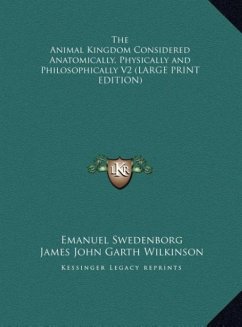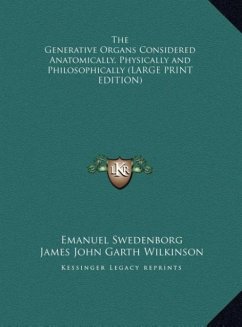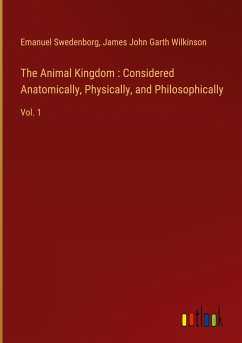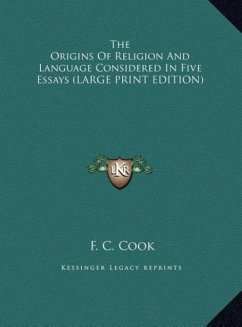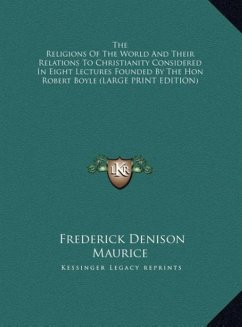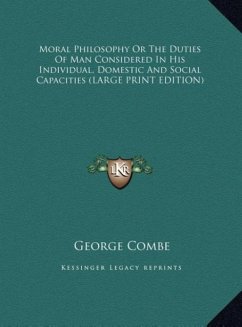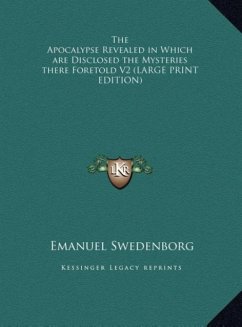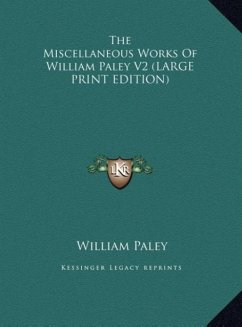(LARGE PRINT EDITION) 1843. Part Two of Two. Swedenborg, a noted Swedish scientist, philosopher and theologian, best known for his later writings, in which he presents ideas both Christian and ecumenical, for a new spiritual era or new church to be known as the New Jerusalem. In The Animal Kingdom Swedenborg pursued his search for rational explanations of the workings of the soul and his quest to discover if the human soul could be found within its kingdom, namely, the human body. See other titles by this author available from Kessinger Publishing. Other volumes in this set are ISBN(s): 1417930632.
Hinweis: Dieser Artikel kann nur an eine deutsche Lieferadresse ausgeliefert werden.
Hinweis: Dieser Artikel kann nur an eine deutsche Lieferadresse ausgeliefert werden.

